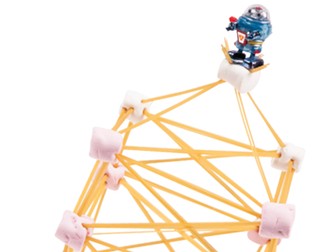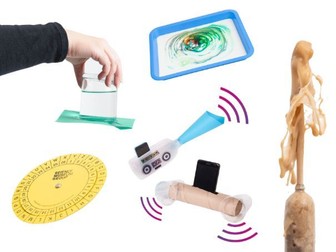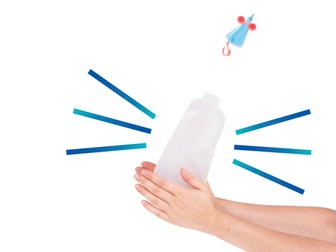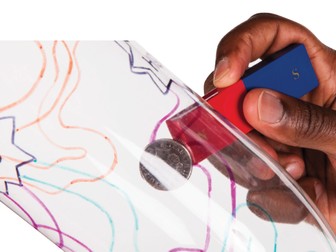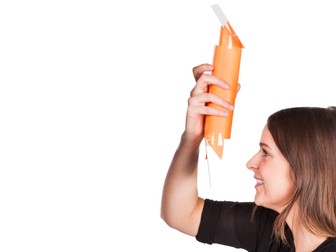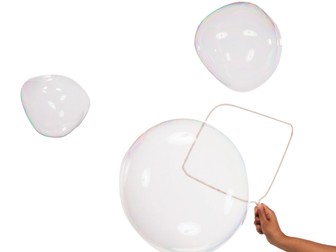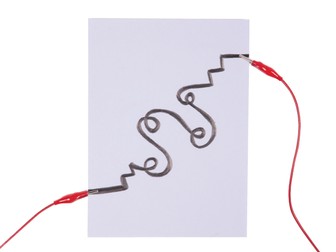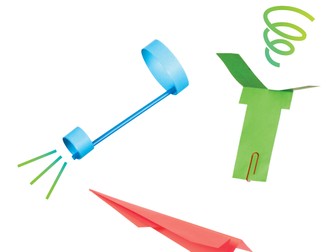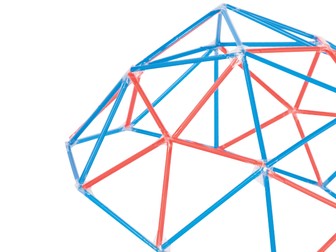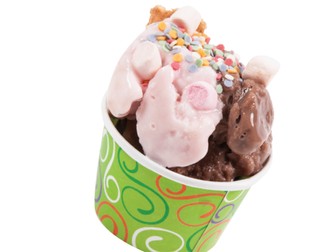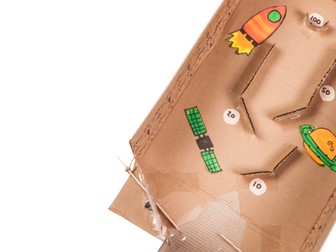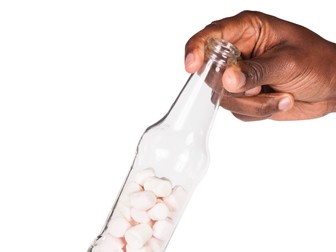
Spaghetti Challenge: STEM activity
In this race against the clock students work as a team to build the highest tower possible out of dried spaghetti and marshmallows.
The objective of this lesson is to explore structures and investigate what methods of building can make the tallest and strongest structure. By testing their prototype buildings, students will also have the opportunity to rebuild and alter their designs to improve them, giving an insight into the real-life processes of testing, redevelopment and prototyping that engineers and scientists use.
